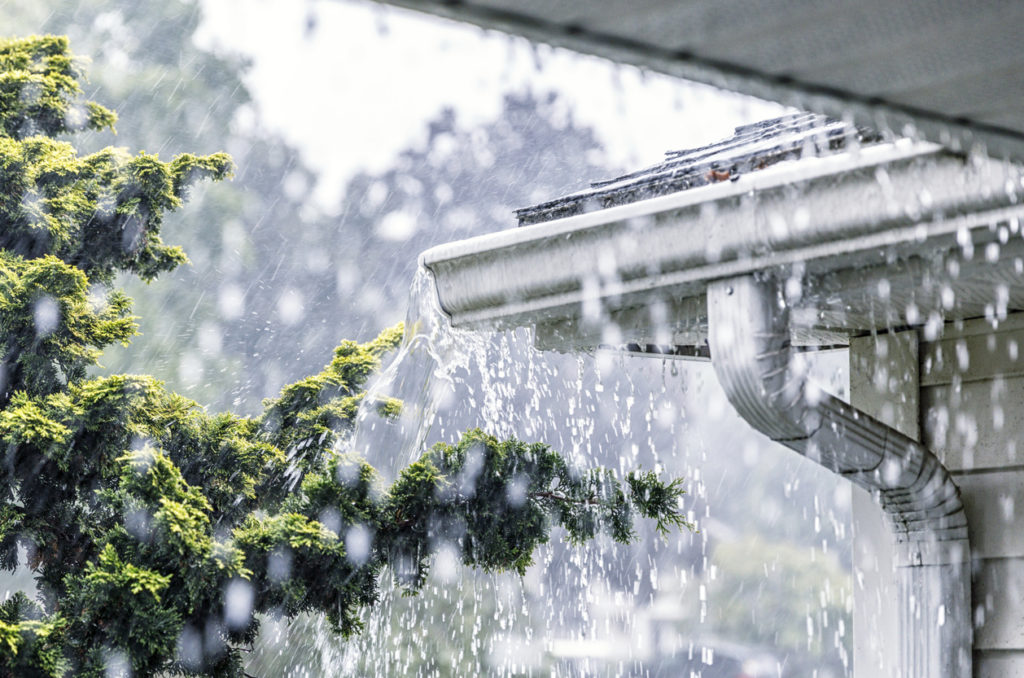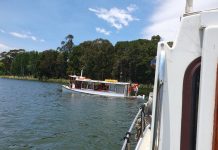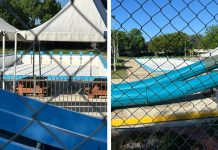A number of regional councils have opted to relax water restrictions as a result of the recent rainfall around the region.

Notably, Queanbeyan-Palerang Regional Council (QPRC) announced that from 14 February it would relax water restrictions to level three in Braidwood following recent rainfall that has seen the Shoalhaven River resume flowing.
Level four restrictions came into effect in Braidwood on 10 January when an extended dry period saw the Shoalhaven River reduce to just pools and ponds.
With regard to the ACT Government and Icon Water supporting the request from QPRC to provide temporary water relief to Braidwood, an Icon Water spokesperson said “QPRC had not yet begun carting water from the Canberra and Queanbeyan supply”.
“As per their initial plan, they had been drawing from Bungendore and were able to sustain Braidwood demand without the need to access our network,” the spokesperson said.
“With water now available in the Shoalhaven River, it is unlikely that additional carted supply will be needed for Braidwood. However, the approval remains active if conditions were to deteriorate again within the current agreed timeframe. Icon Water will continue to work closely with QPRC to understand the need for this arrangement.”
Elsewhere, Goulburn Mulwaree Council announced on 10 February that due to recent drenching rainfall (with reports ranging from 60mm to 110mm recorded at Pejar Creek), Pejar Dam, Sooley Dam and Rossi Weir are now all at 100% capacity.
As a result, water restrictions will be lifted to Green Level, which is Goulburn Mulwaree Council’s permanent water conservation level under the Water Use Policy.
Yass Valley Council also announced there will be no restriction on the use of water in Yass, Binalong and Bowning from Tuesday 11 February. Murrumbateman will go back down to level one water restrictions until, at least, the Yass to Murrumbateman pipeline project is complete.
For Anthony McDougall, owner and operator of Lake George Winery located 45km north of Canberra, the rainfall was welcome.
While their vineyard is dry irrigated, Mr McDougall said they had been trucking in water, about 15,000-20,000 litres per truck every two weeks, since about October last year. The water was used for their house, restaurant and winemaking.
“The vines have been that way for 15 years so they’ve adapted to the drought,” he said. “The vines are deep-rooted, they were surviving.” But the rain has made a noticeable difference.
“It’s like we had a yellow vineyard and now we have a green one.”
Prior to the recent rain, Mr McDougall said “we hadn’t had any water fill up our tanks in almost nine months”. Now, all their water tanks are full, and it has also filled up the water table.
The winery is due to start picking in two weeks.
“The vineyards are looking amazing, there’s now lush grass … it is the time to visit.”
For more:








